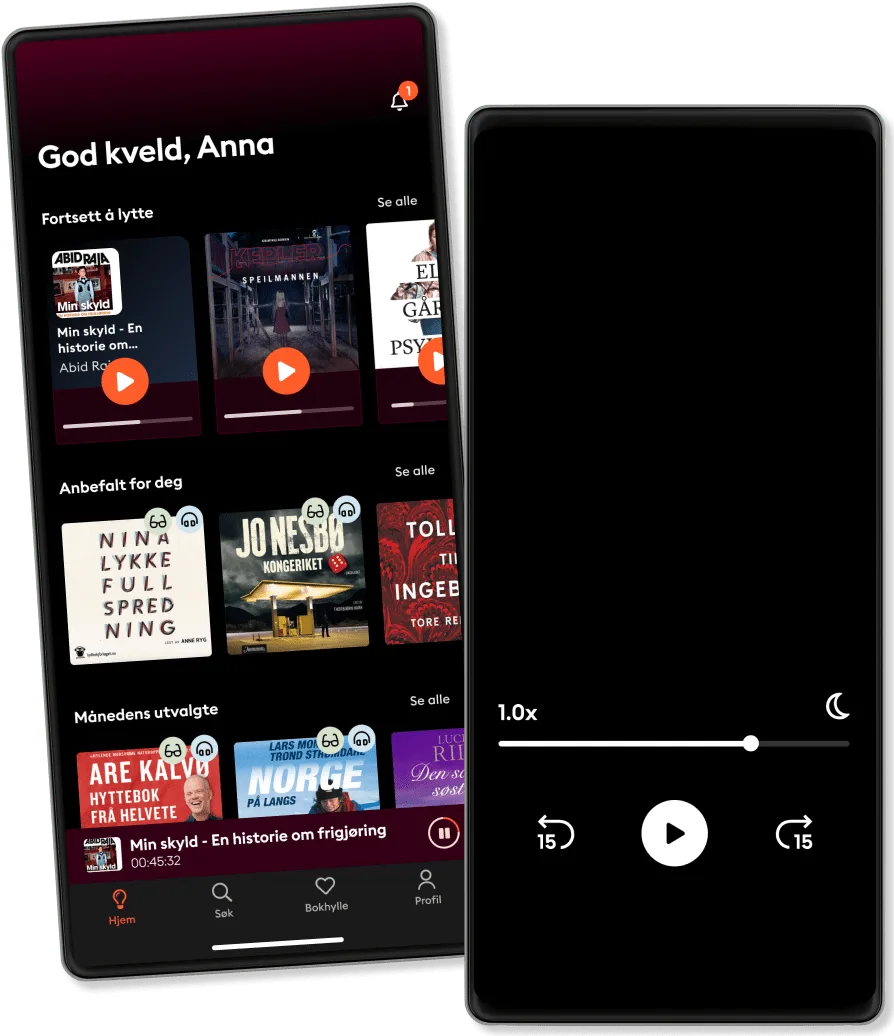Piano Scales FOR KIDS: Essential Guide to Learn How to Play Scales and Best Finger Positions
- Av
- Med
- Forlag
- Spilletid
- 3T 4M
- Språk
- Engelsk
- Format
- Kategori
Fakta og dokumentar
The piano is a longstanding, classical, and revered instrument. Invented in the 1700s by Bartolomeo Cristofori (1655-1731) of Padua, Italy, with plenty of hammers and planters to boot, the piano came to be quite popular in the homes of many a Western brood by the end of the nineteenth century. When someone thinks of a classical composer, it wouldn’t be unusual to go to Bach, Beethoven, and the like and easily associate them with piano. Many believe that piano sets the standard for musicians, laying the foundation for instrumental affinity. What does that mean, exactly? The piano is awesome. But you knew that already. Yet, what makes a good pianist great? What are the tools used to get you from here to there? While playing is, of course, supposed to be fun, sometimes a bit of direction is what we need to get to the next level.
The basic keyboard, housing case, lid, pedals, keys, hammers, and strings still make up the majority of the modern piano’s design and componentry. This piano has withstood the test of time and largely remained intact, with the exception of electric keyboards and some piano types.
How exactly does a piano work? How does it create such lovely tunes and tones? Let’s see how all piano parts work to create one of the most enduring and identifiable instruments in contemporary music.
© 2023 Bamboo Publishing House LLC (Lydbok): 9798368944838
Utgivelsesdato
Lydbok: 22. juli 2023
Tagger
Andre liker også ...
- The Little Garden of Assisi John Bull
- Cheetahs: Photos and Fun Facts for Kids Isis Gaillard
- Tears Within The Heart Haley Morrow
- Tales from Down on the Farm Lesley Glover
- Black Hairstyle Edições LeBooks
- Winona Ryder - The Biography Nigel Goodall
- Shopping Around the World Clare Lewis
- Rules of Laughter Ramin Ismaili
- What's Good?: A Memoir in Fourteen Ingredients Peter Hoffman
- Summary of Anne Edwards's Matriarch IRB Media
- Summary of Emily Boller's Starved to Obesity IRB Media
- Summary of Thomas DeLauer's Intermittent Fasting Made Easy IRB Media
- Vanity Fair: May 2014 Issue Vanity Fair
- Summary of Ruth Goodman's How To Be a Tudor IRB Media
- Jakten på en serieovergriper Anne-Britt Harsem
4.8
- Skriket Jan-Erik Fjell
4.2
- Jordmoren i Auschwitz Anna Stuart
4.8
- Hushjelpen Freida McFadden
4.4
- Perfekte forbrytelser finnes ikke Steinar H. Nygaard
4.1
- Stormberget Liza Marklund
4
- Piken på toget Paula Hawkins
3.9
- Ektepakten Simona Ahrnstedt
3.9
- Markens grøde Knut Hamsun
4.8
- Hushjelpens hemmelighet Freida McFadden
4.3
- Appelsinparken Merete Lien
3.9
- Tørt land Jørn Lier Horst
4.3
- Jævla menn Andrev Walden
4.4
- Alle mine barn, kom hjem May Lis Ruus
3.9
- Fare, fare, krigsmann May Lis Ruus
4.3
Derfor vil du elske Storytel:
Over 900 000 lydbøker og e-bøker
Eksklusive nyheter hver uke
Lytt og les offline
Kids Mode (barnevennlig visning)
Avslutt når du vil
Unlimited
For deg som vil lytte og lese ubegrenset.
219 kr /måned
Lytt så mye du vil
Over 900 000 bøker
Nye eksklusive bøker hver uke
Avslutt når du vil
Family
For deg som ønsker å dele historier med familien.
Fra 289 kr /måned
Lytt så mye du vil
Over 900 000 bøker
Nye eksklusive bøker hver uke
Avslutt når du vil
289 kr /måned
Premium
For deg som lytter og leser ofte.
189 kr /måned
Lytt opptil 50 timer per måned
Over 900 000 bøker
Nye eksklusive bøker hver uke
Avslutt når du vil
Basic
For deg som lytter og leser av og til.
149 kr /måned
Lytt opp til 20 timer per måned
Over 900 000 bøker
Nye eksklusive bøker hver uke
Avslutt når du vil
Lytt og les ubegrenset
Kos deg med ubegrenset tilgang til mer enn 700 000 titler.
- Lytt og les så mye du vil
- Utforsk et stort bibliotek med fortellinger
- Over 1500 serier på norsk
- Ingen bindingstid, avslutt når du vil

Norsk
Norge